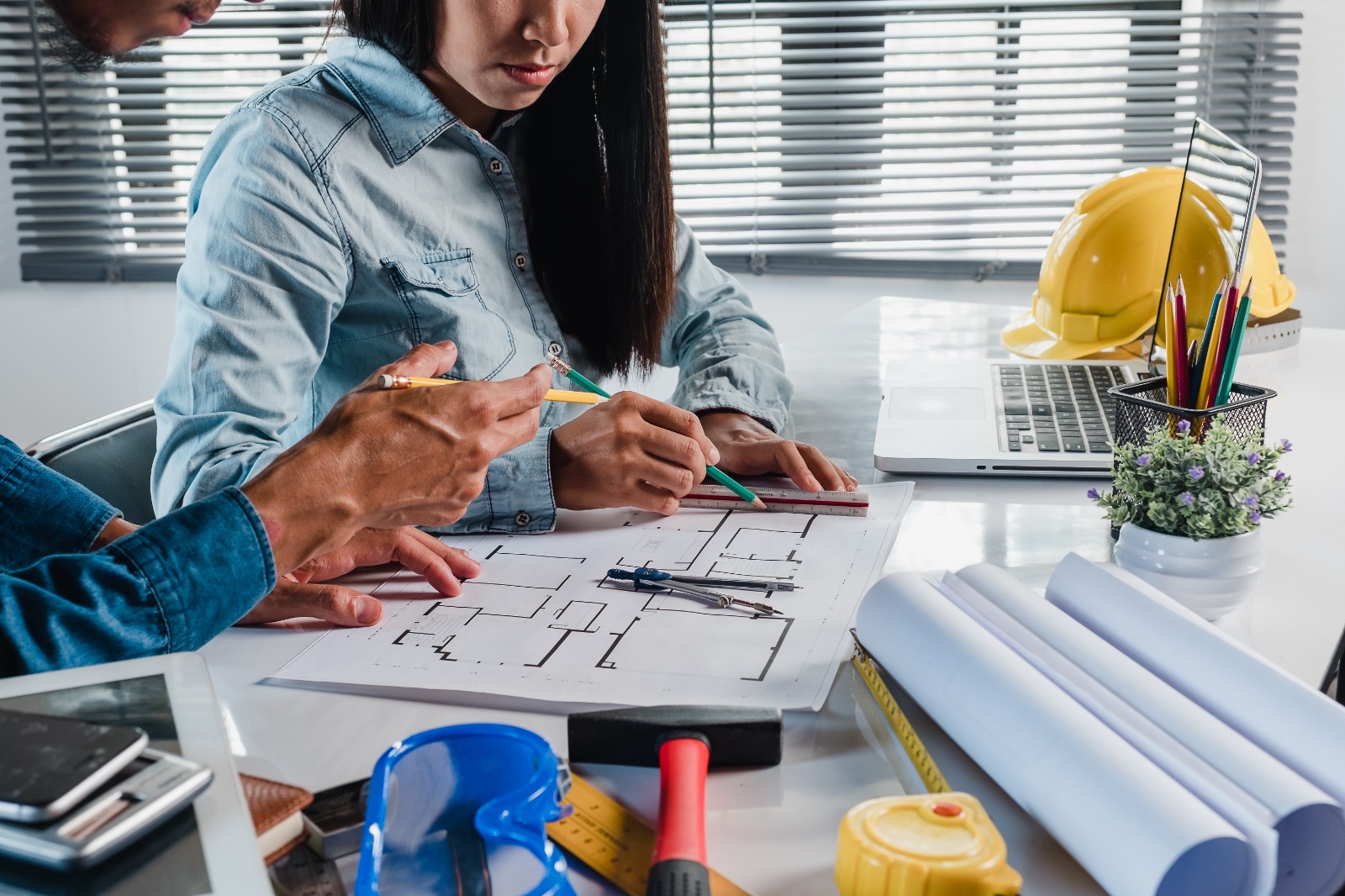In the complex world of building, accuracy is critical. Each and every detail, including every inch and angle, counts. The plan serves as the project’s foundation, thus any errors or inconsistencies in its designing and drafting services might result in expensive delays, additional work, and inefficiencies. Here’s where precise drawing becomes the unsung hero of efficient construction—saving resources, cutting down on time, and eventually saving money.
Utilizing Advanced Technologies for Accurate Drafting
The process of painstakingly creating technical drawings and comprehensive designs that act as a building project’s road map is called accurate drafting. This involves converting technical data and construction plans into accurate drawings and plans that are represented by engineers, architects and contractors When it comes to drawing, despite what it looks like the easier the process, the devil is really in the details.
Reducing errors and discrepancies early in the planning stages is one of the main ways that correct drawing increases construction efficiency. Potential problems like conflicts between various systems (electrical, plumbing, HVAC), structural flaws, or spatial restrictions can be found and fixed before building starts when drafts are painstakingly created with attention to detail. This proactive strategy streamlines the construction process from beginning to end by averting expensive revisions, redesigns, and delays later on.
Streamlining Construction Processes with Precise Drafting Technique
Furthermore, exact labor, resource, and material needs can be estimated by stakeholders with the use of precision drafting. With thorough drawings that include measurements, amounts, and requirements, builders may purchase the materials ahead of time and lower the chance of overspending or shortages. In addition to optimizing resource allocation, this makes it possible to improve budgeting and cost control during the course of the project.
Accurate graphics make it easier for project members to collaborate and communicate with each other. Effective and unambiguous graphics overcome barriers to verbal communication and act as a common language, assuring that all stakeholders in the project—from engineers and architects to contractors and subcontractors—have agreed. By reducing misunderstandings, disputes, and revisions, this alignment of vision and understanding promotes a more peaceful and effective work environment.
Precise drafting is essential for increasing construction quality and safety as well as efficiency. There is little opportunity for misunderstanding or error because precise drawings provide clear instructions on how components are to be constructed, installed, and integrated. By following established protocols and industry best practices, construction faults, accidents, and safety hazards are less likely to occur, thus protecting workers and occupants.
Cost Reduction Strategies Through Efficient Drafting Practices
Moreover, accurate drafting makes it possible to apply cutting-edge building techniques like modular and prefabrication. With millimeter accuracy, components can be constructed off-site with precise measurements and specifications, and then seamlessly integrated on-site like puzzle pieces. In addition to shortening the construction schedule, this prefabrication method reduces labor expenses, material waste, and jobsite disturbances.
Enhancing Efficiency via Precise Drafting
In addition, the use of sophisticated technologies such as computer-aided design (CAD), building information modeling (BIM) etc. is facilitated by precise 2D CAD Drafting Services. These digital technologies enable engineers and designers An incredibly accurate 3D model of every aspect of the building process, energy efficiency From system optimization, stakeholders can further improve efficiency and cut costs through potential issues identifying, optimizing the system, visualizing the project in a virtual environment and making informed decisions before breaking down.
Conclusion
Precise sketching is essential to building efficiency and cost containment; it is more than just putting pen to paper or pixels to the computer. Stakeholders can improve construction quality and safety, facilitate communication and collaboration, identify and mitigate potential issues early in the process, optimize resource management, and stimulate innovation through detailed planning and careful technical drawing. Accurate documentation is key to increasing efficiency, productivity, and profitability in the construction industry—an industry where time is money and millwork estimating services accuracy is critical.










